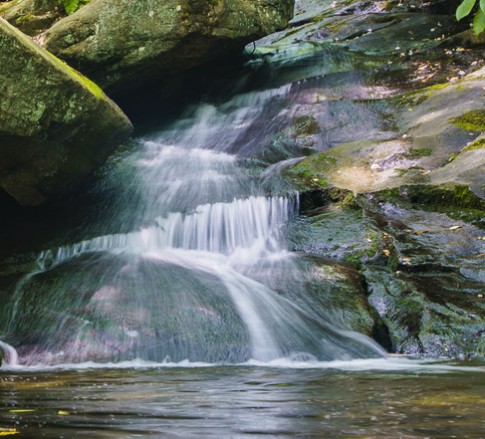Groups Seek Order Requiring EPA to Regulate Ammonia Emissions from Animal Feeding (and Other) Operations
November 8, 2016
Seven environmental groups have sued EPA, seeking an order compelling it to act on a petition to require the development of a national ambient air quality standard (“NAAQS”) for ammonia. The Complaint alleges that EPA has failed to act on a petition the plaintiffs submitted in 2011, which sought to designate ammonia as a “criteria pollutant” under § 108 of Clean Air Act and to establish a NAAQS for ammonia to protect public health and welfare under § 109 of the Clean Air Act.
The Complaint claims that ammonia emissions from a variety of industries, including “fertilizer plants, coal plants, sewage treatment plants, petroleum refineries, and paper mills,” contribute to the nation’s ammonia gas emissions. However, the primary emitter cited in the Complaint is from animal feeding operations that confine livestock in buildings or feedlots without vegetation and store large quantities of waste in pits, lagoons and stockpiles.
The Complaint notes that EPA conducted a study between 2005 and 2012 by which it developed “emissions factors” for estimating ammonia emissions from animal feeding operations. EPA issued two draft emission factors documents addressing “broiler chickens” and “hog and dairy waste open storage systems” in March 2012. According to the Complaint, however, an EPA science advisory board issued a report highly critical of EPA’s methodology and has not revised the draft emission factors since.
The Complaint alleges that ammonia emissions can cause human health impacts through inhalation, contribute to the formation of regional haze, are precursors to ambient levels of particulate matter, and can redeposit in water and on land, contributing to nitrogen pollution and eutrophication in waterways and to acidification of soils and forests.
The plaintiffs allege that, under the Administrative Procedure Act, they are entitled to a timely response to their 2011 petition and ask for an order requiring EPA to respond to that petition within 90 days.
This article was authored by Robert G. McLusky, Jackson Kelly, PLLC.



